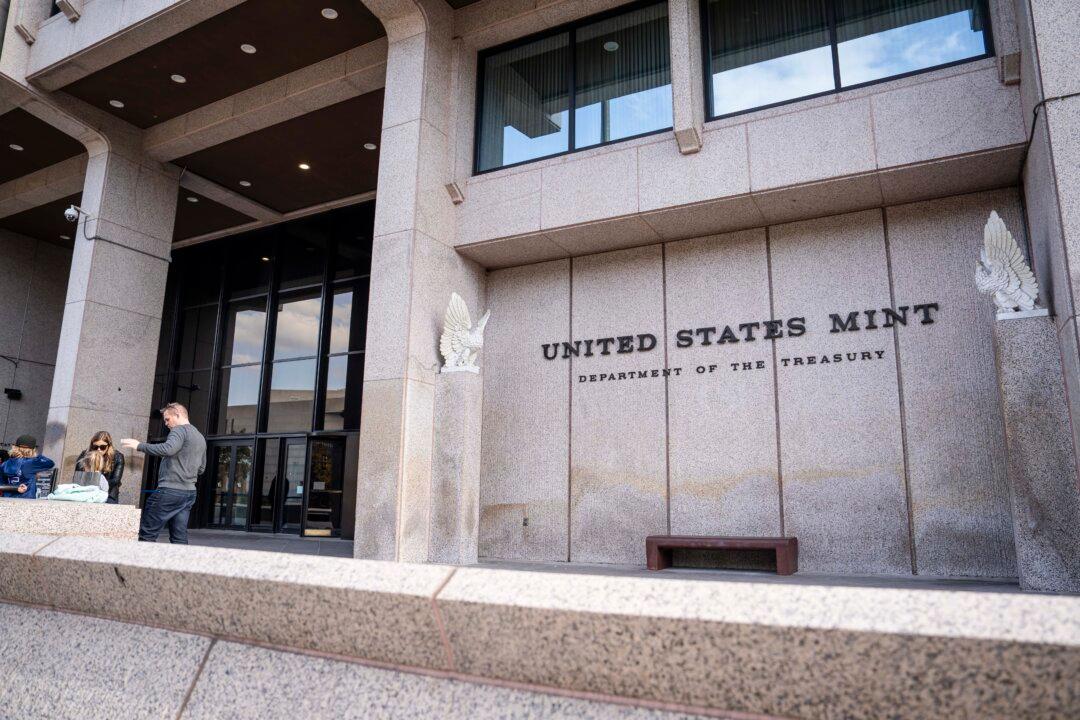As Warren Buffett’s Berkshire Hathaway strategically sells shares of companies such as Apple for cash, it is parking hundreds of billions in U.S. Treasury bills (T-bills), and now owns more of them than the Federal Reserve.
In the second quarter, Berkshire purchased an additional $81 billion in T-bills, short-term U.S. government debt securities that range from four weeks to 52 weeks, bringing its total holdings to $235 billion, according to the firm’s earnings release on Aug. 3.






